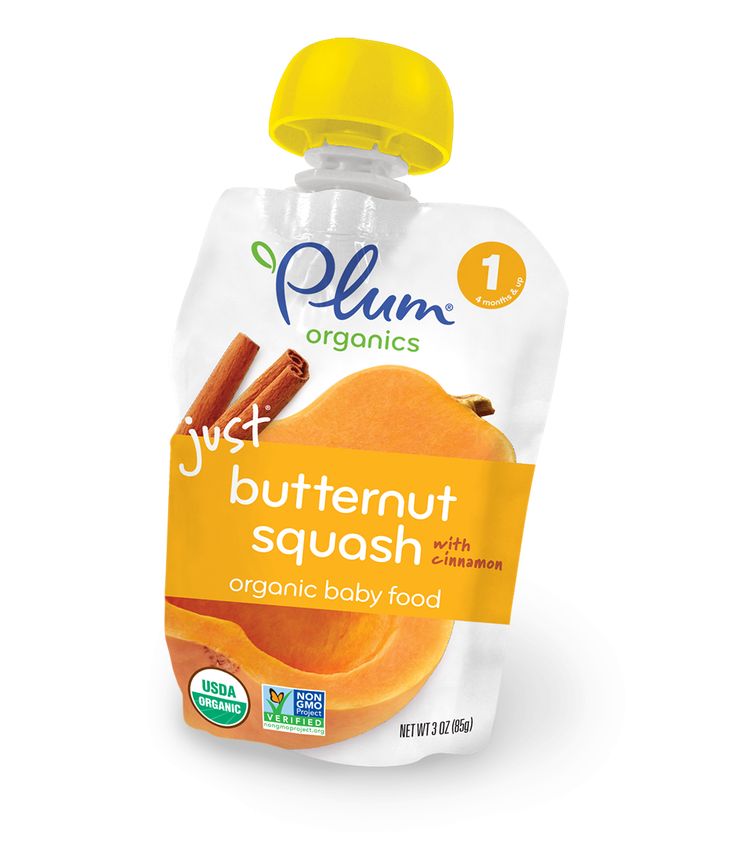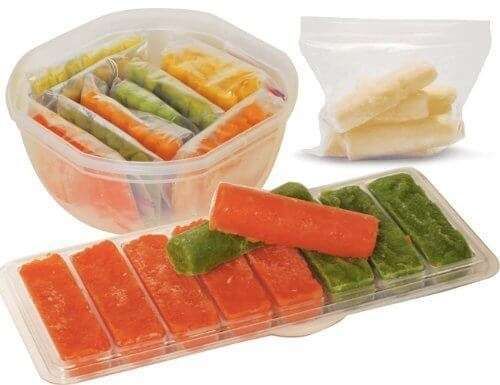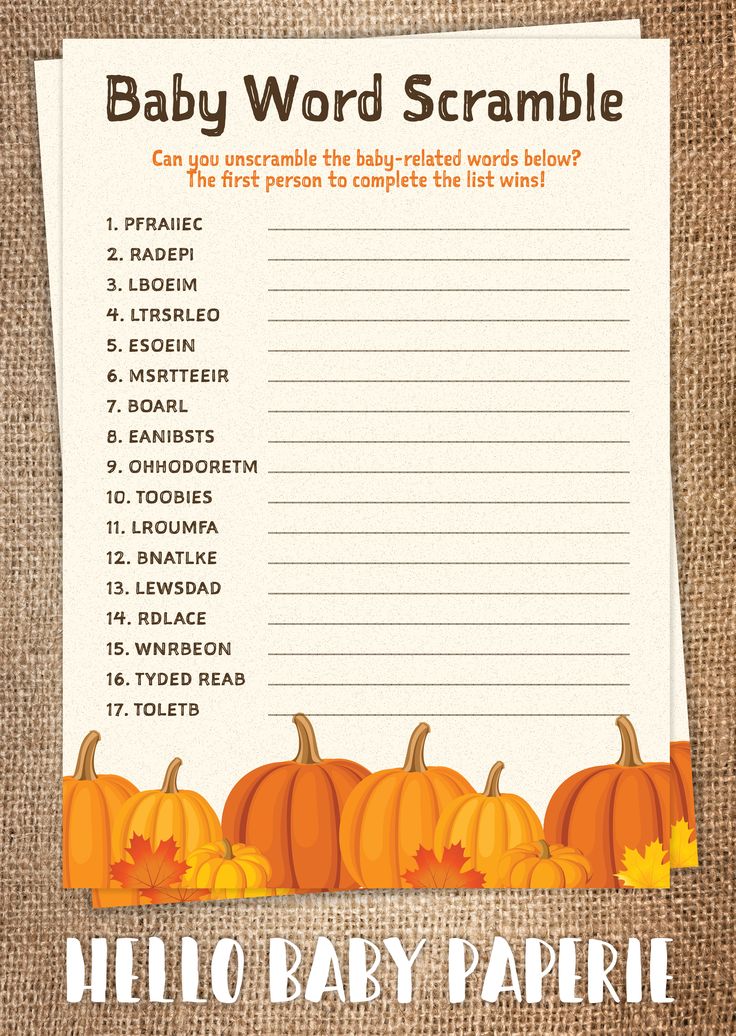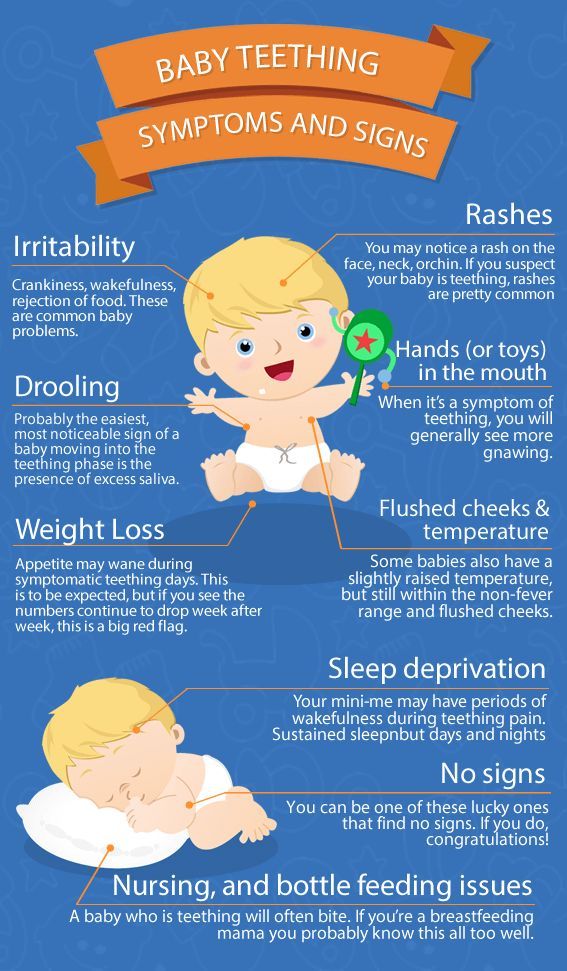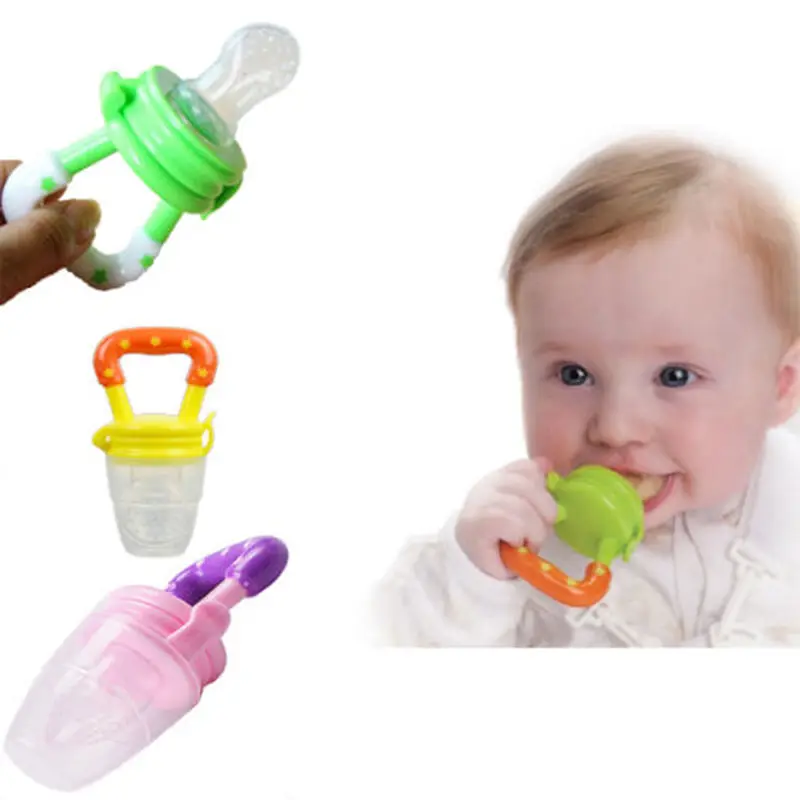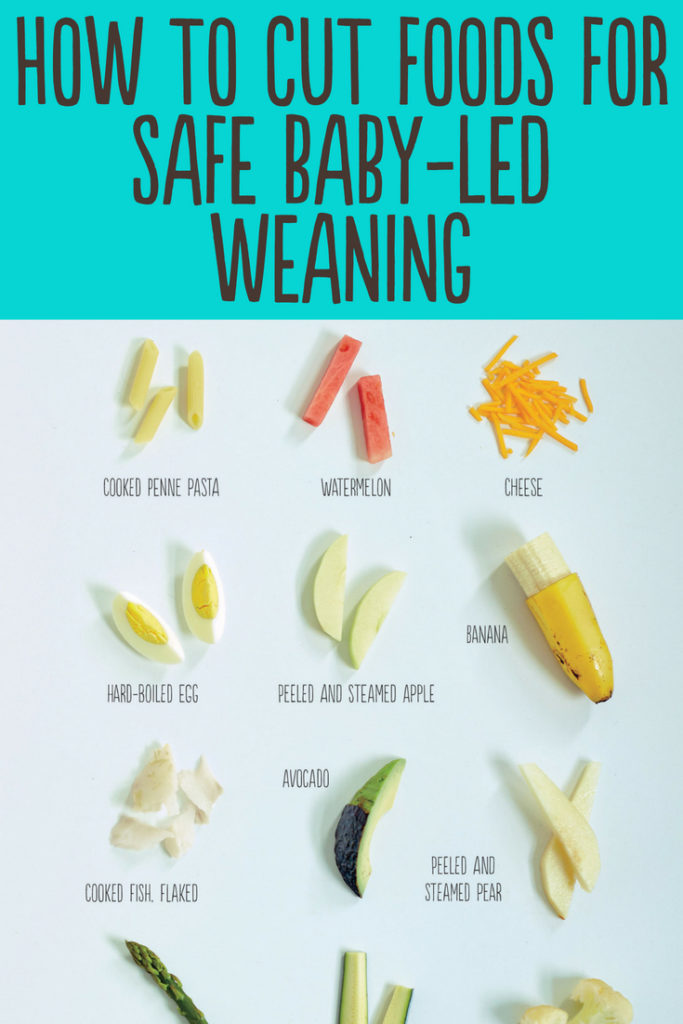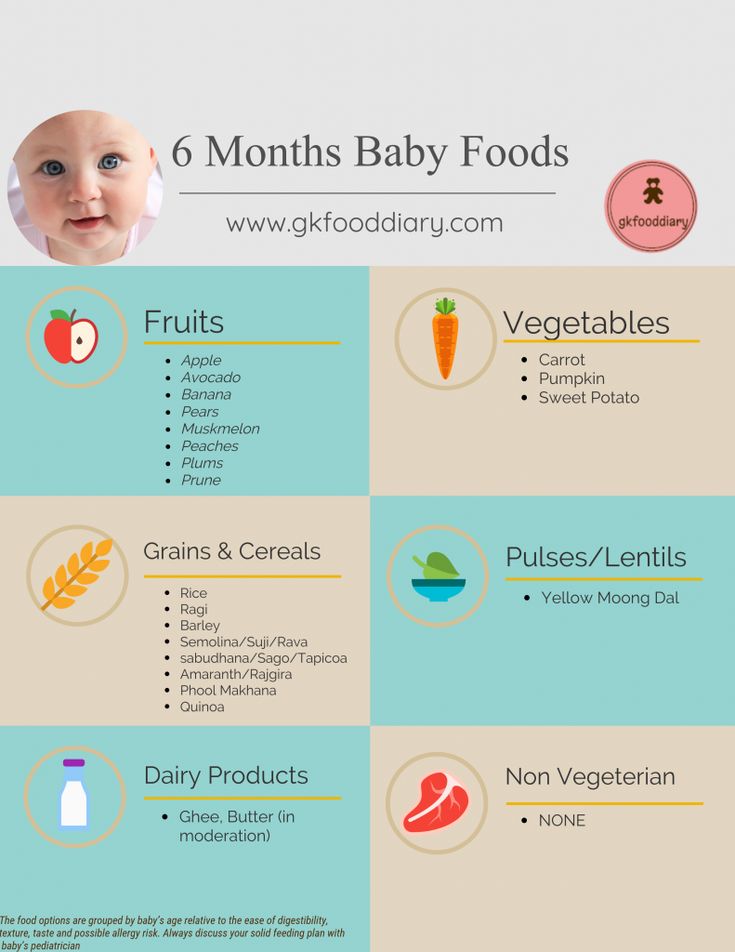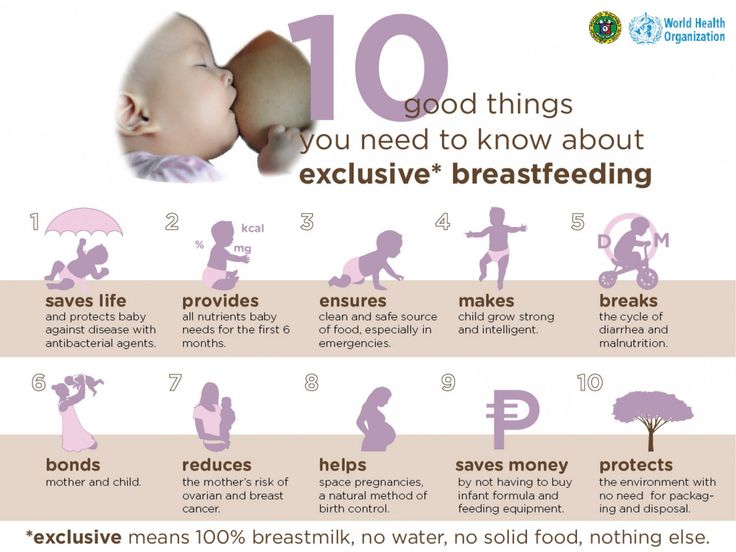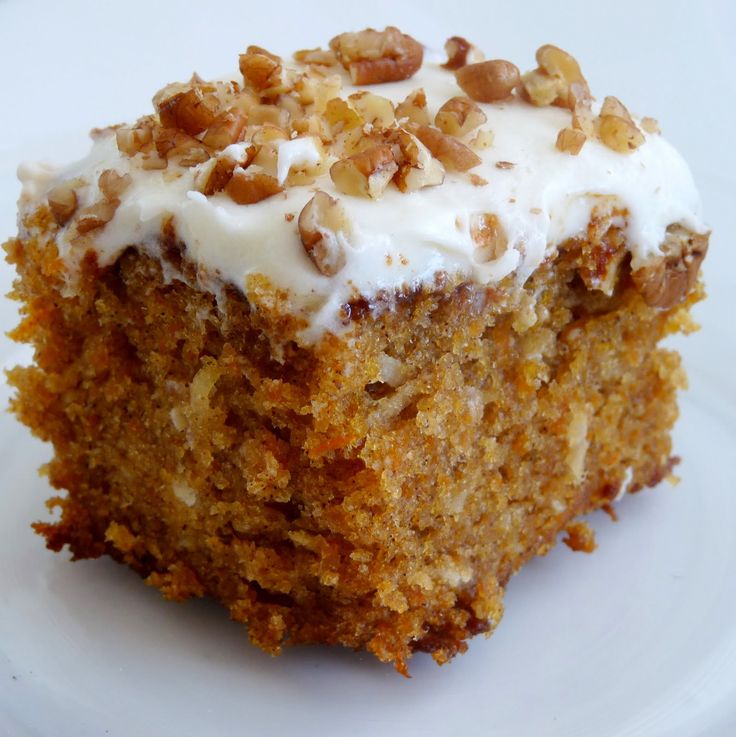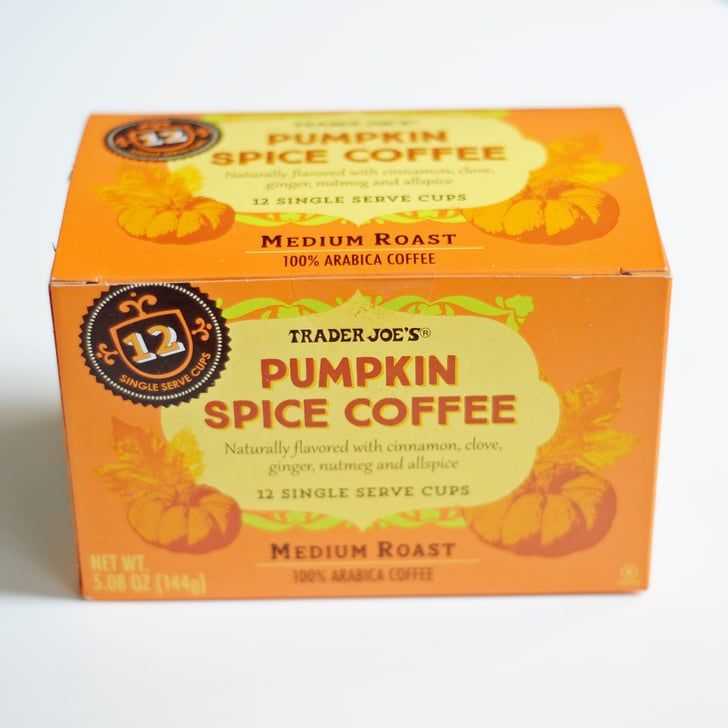Adding cinnamon to baby food
Can Babies Have Cinnamon: What Parents Should Know
Cinnamon is the brownish reddish inner bark of the cinnamon tree. It has been used throughout history as both as a spice and as a medicine. All types of cinnamon belong to the same family of plants, called the Lauraceae family.
Cinnamon is generally regarded as safe to give to your baby in small amounts after they turn 6 months of age. Cinnamon doesn’t commonly cause an allergic reaction in children or adults. Heavy exposure to cinnamon can cause stomach upset, skin or mouth irritation, and possibly problems with bleeding due to decreased blood clotting. But a sprinkle of cinnamon on your baby’s food probably won’t cause a problem.
If your baby appears to have an allergic reaction to foods containing cinnamon, or they appear fussy and agitated after consuming cinnamon, call your doctor right away.
Cinnamon is a common spice used in a variety of foods and to flavor other products. Cinnamon is used a wide many different types of foods. It might be found in the following:
- chewing gum
- toothpaste
- applesauce
- oatmeal
- breakfasts cereals
- baked goods (cookies, muffins, pies, cakes, biscuits, and pastries)
- candies
- mouthwash
- French toast
- flavored tea and coffee drinks
Many people have cinnamon in their spice cabinet. Additionally, spice mixes, like pumpkin pie spice or garam masala, for example, may contain cinnamon. The only way to tell for sure if a product contains cinnamon is by reading ingredients list on the label.
Studies have shown that including a small amount of cinnamon (about a half a teaspoon for adults) in your diet can be good for your health. The benefits may include:
- lowering LDL cholesterol, total cholesterol, and triglycerides
- controlling blood sugar
- reducing blood pressure
- fighting yeast infections (Candida)
- helping with nausea
- reducing unwanted blood clotting
Cinnamon allergies are very uncommon.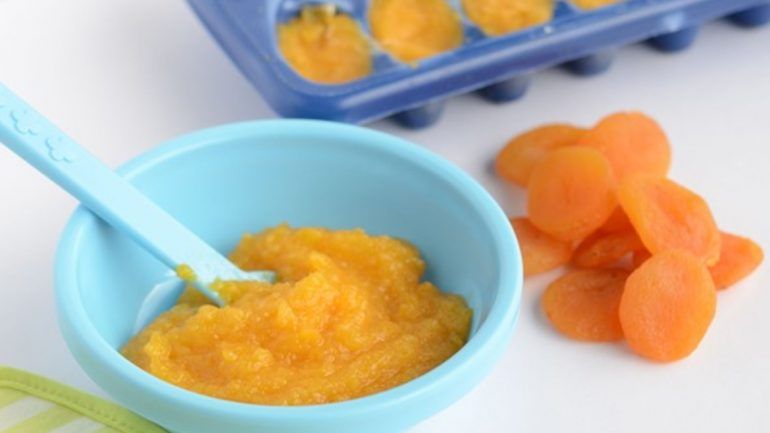 Giving your baby a large amount of cinnamon, however, can cause skin irritation, upset stomach, or rarely, an allergic reaction. Then again, giving your baby too much of anything is usually not a good idea.
Giving your baby a large amount of cinnamon, however, can cause skin irritation, upset stomach, or rarely, an allergic reaction. Then again, giving your baby too much of anything is usually not a good idea.
Like most foods, there are a small number of people who are allergic to cinnamon. Your baby is more likely to develop allergies if eczema, asthma, hay fever, or food allergies run in the family.
If your baby is allergic to cinnamon, their immune system doesn’t recognize the substance as safe and fights against it. The immune system creates antibodies and produces a substance called histamine. The histamine leads to irritation and inflammation throughout the body.
The signs of an allergic reaction to cinnamon can vary greatly from one person to another. A food allergy may affect the skin, the gastrointestinal tract, or the respiratory or cardiovascular systems. According to Mayo Clinic, symptoms of a food allergy typically start within a minute to a couple hours after eating the problematic food.
Skin Symptoms
A skin reaction caused by an allergy can take several forms. One type of reaction called contact dermatitis causes a rash within minutes of exposing the skin to the allergen. Skin reactions can also occur after ingesting an allergen. Skin symptoms caused by an allergic reaction may include:
- itchy skin
- hives
- rash, blisters, or eczema
- irritation
- redness
- tingling or itching in the mouth
Gastrointestinal Symptoms
A food allergy can also cause an upset stomach or the following symptoms:
- diarrhea
- vomiting
- stomach cramping
Cold-Like Symptoms
Other common food allergy symptoms mimic the symptoms of a cold, like:
- cough
- wheezing and shortness of breath
- itchy throat and tongue
- runny or blocked nose (nasal congestion)
- red and itchy eyes
Anaphylaxis
In rare cases, an allergic reaction can lead to severe symptoms referred to as anaphylaxis.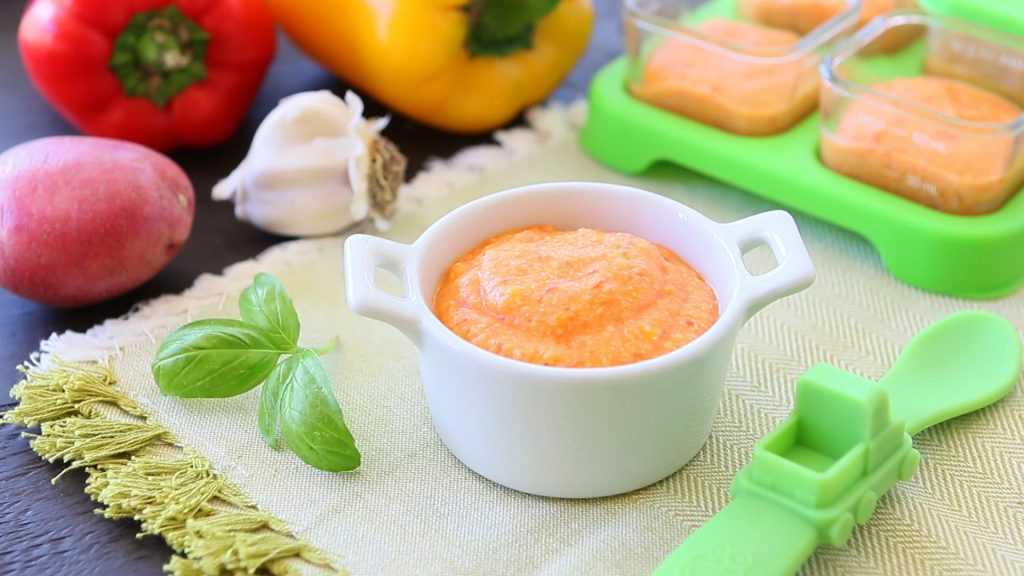 This is a life-threatening medical emergency. Call 911 immediately for emergency medical attention.
This is a life-threatening medical emergency. Call 911 immediately for emergency medical attention.
Symptoms of anaphylaxis include the following:
- swollen lips and throat that make it difficult to breathe
- tightening of the airways which causes cough, wheezing, or shortness of breath
- dizziness
- lightheadedness
- vomiting
- hives
- sudden drop in blood pressure
- loss of consciousness
- rapid heartbeat
Cinnamon isn’t included in the list of common food allergies experienced by babies and toddlers. A sprinkle of cinnamon on your baby’s oatmeal or in their baby food most likely won’t cause any problems.
Certain foods are more likely to produce an allergic reaction in children. According to Food Allergy Research and Education, these eight foods are responsible for 90 percent of food allergies:
- milk
- eggs
- peanuts
- tree nuts
- fish and shellfish
- soy
- wheat
Don’t give your baby any of these foods before they’re 6 months old.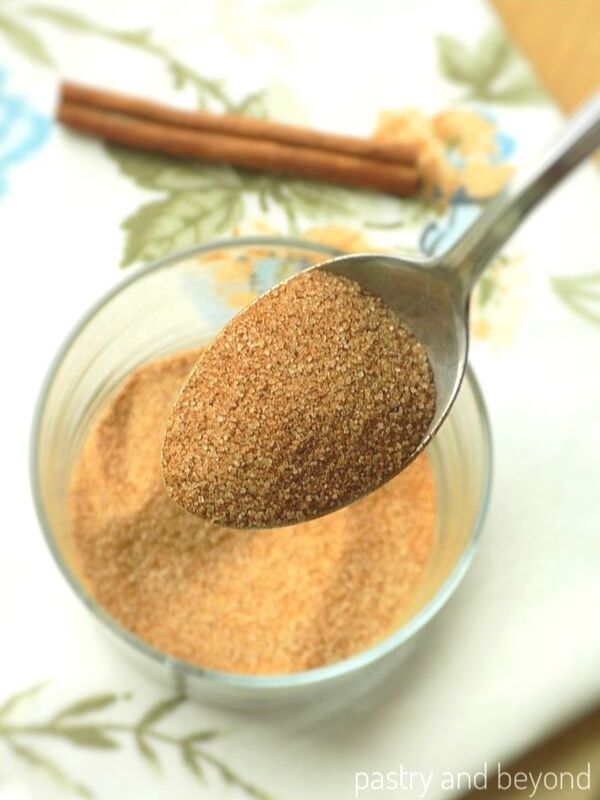 When you first start feeding your baby these foods, be sure to pay close attention for signs of an allergic reaction. If you do notice any signs, be sure to contact your doctor.
When you first start feeding your baby these foods, be sure to pay close attention for signs of an allergic reaction. If you do notice any signs, be sure to contact your doctor.
A doctor may want to perform a skin patch test on your baby to see if cinnamon is really causing the reaction. A doctor will put a small patch containing cinnamon on your baby’s skin for 20 to 30 minutes. If the skin is normal after the patch is removed, your baby is most likely not allergic to the cinnamon. Your doctor may also take a blood sample to test for an allergy to cinnamon.
If the baby is allergic to cinnamon, your doctor will recommend avoiding cinnamon and removing it from the baby’s diet. It’s important to read all food labels, especially for foods that commonly contain spices. Anyone with a food allergy should be careful when purchasing food at a supermarket or restaurant to make sure there are no traces of the allergen in a food or meal. Also be careful with products like toothpaste or lotions to make sure cinnamon isn’t an ingredient.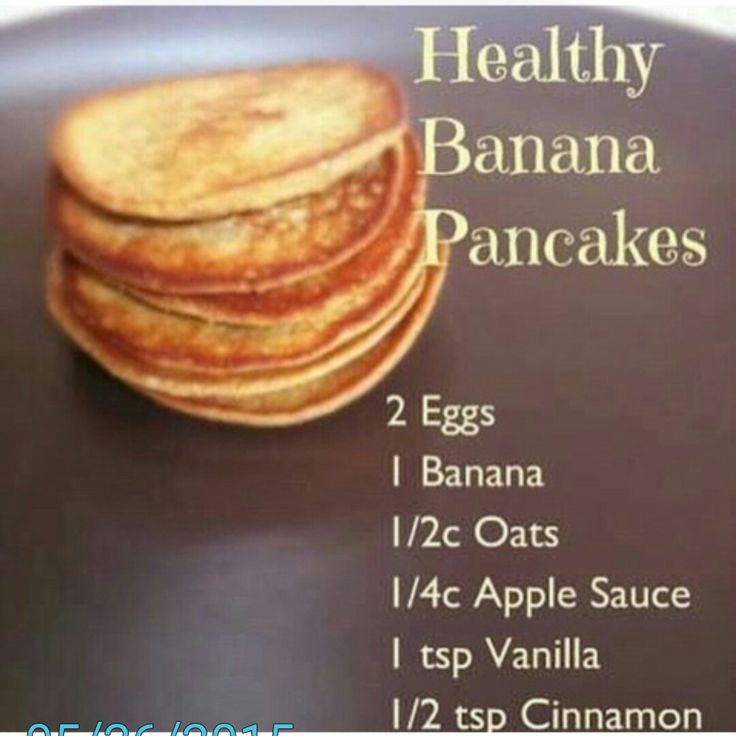
There are no medications available to prevent or cure allergic reactions to foods and spices. However, you should work with your child’s doctor to manage any allergies your child may have.
If your child is not allergic to cinnamon, you should feel confident that giving your baby small amounts of cinnamon will be safe and enjoyable for your baby.
Adding spices like cinnamon to your baby’s foods is a wonderful way to offer interesting flavor without having to add sugar or salt. You should wait until your baby is at least 6 months old before you start trying out recipes and experimenting with spices.
Add cinnamon to the following standard baby foods to help spice up their flavor:
- apple sauce
- yogurt
- bananas
- pumpkin
- sweet potatoes
- oatmeal
- rice
- quinoa
Or, you can try making your own baby food and incorporate cinnamon for more flavor. Try this roasted pumpkin and sweet potato baby food recipe for a delicious sweet and savory dish.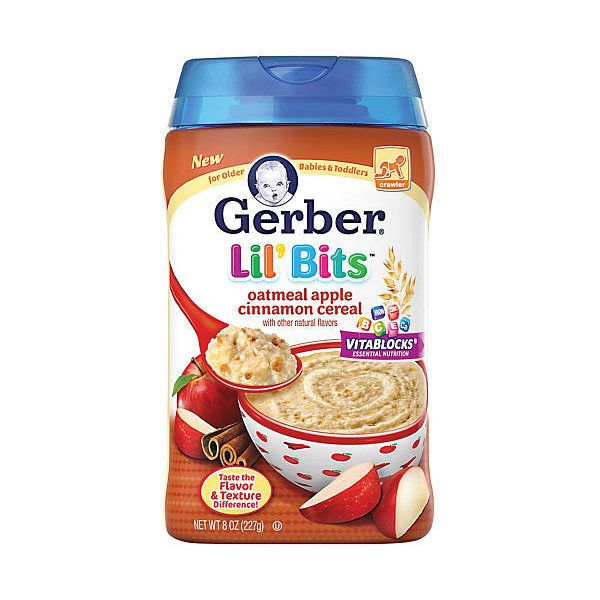 For a fruity baby treat, try this recipe for apricot and banana baby food with cinnamon.
For a fruity baby treat, try this recipe for apricot and banana baby food with cinnamon.
Share on Pinterest
Health Benefits, Precautions & More
Cinnamon is a popular spice used in a range of products and as a herb in certain alternative medicine. It is basically the inner bark of the cinnamon tree and has been used for hundreds of years as a spice and medicine.
If you’re a parent to an infant, you must be looking to introduce different spices in his diet once he turns 6 months of age. Cinnamon, also known as the wonder spice, is known to have many health benefits, but you must be thinking if it’s safe for a baby. Let’s find out!
Is It Safe to Give Cinnamon to Babies?
Many mothers include cinnamon in baby food once they start on solids and it is generally considered safe to offer babies cinnamon in small quantities in their food. Most babies handle cinnamon well when it is sprinkled in small quantities over their food. But heavy exposure can lead to stomach upsets, diarrhoea and allergies.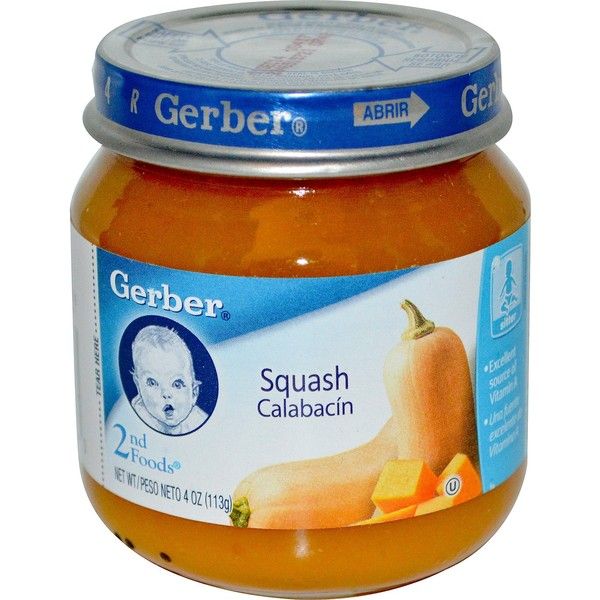 Furthermore, what parents should note is there’s a certain type of cinnamon that’s safe for babies.
Furthermore, what parents should note is there’s a certain type of cinnamon that’s safe for babies.
Note: For maximum benefits, you should choose Ceylon cinnamon for your baby and avoid Cassia cinnamon as it can be dangerous for your baby’s health.
When Can You Add Cinnamon to Your Baby’s Food?
For mothers wondering when can babies have cinnamon; a good time to start is after they are 6 months old.
Health Benefits of Cinnamon for Infants
Given below are some of the health benefits of cinnamon for infants:
- Cinnamon has anti-inflammatory properties that are good for recovering from injuries and avoids falling sick.
- It is a strong antioxidant that protects the body from free radical damage. It keeps their immunity boosted and protects vital organs.
- Cinnamon is good for digestion and improves the digestive capacity of a baby. It protects the stomach lining which prevents the digestive juices from harming the lining.
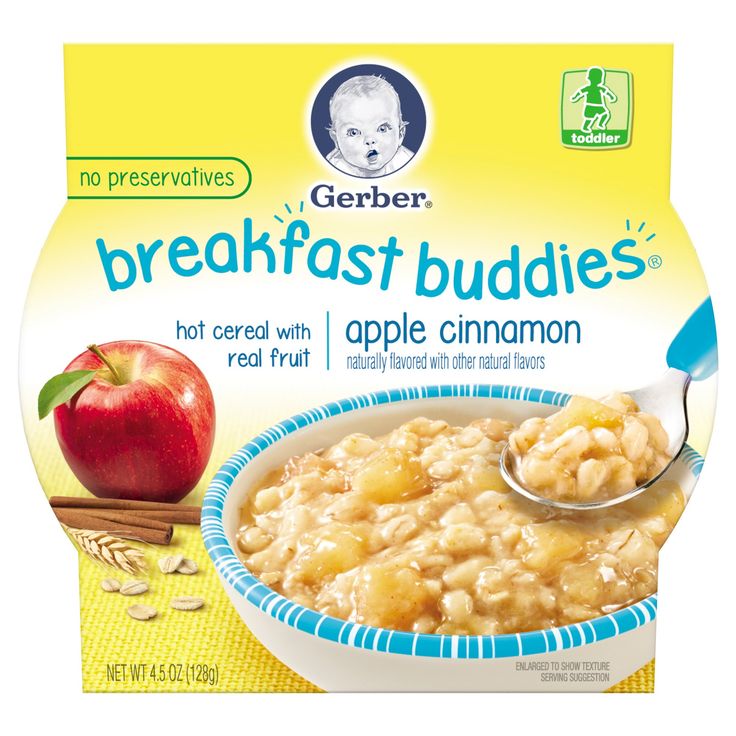
- Certain compounds present in cinnamon help treat asthma as they possess anti-inflammatory properties. It reduces blockages in the airway and promotes good respiratory health.
- It is an immunity booster and protects children from diseases. Common infections such as colds and stomach bugs can be kept at bay by consuming cinnamon.
- The topical usage of cinnamon promotes faster healing of wounds as it possesses antimicrobial and anti-inflammatory properties.
- It is also known to heal injuries such as bone fractures by speeding up the recovery process. Its anti-inflammatory properties promote blood flow and faster healing.
- Cinnamon protects the teeth and gums. Massaging the teeth with roast cinnamon prevents tooth decay and also cures aching and bleeding gums.
- Cinnamon is also good for children’s skin and protects it from pollutants. Topical application also gives relief from conditions such as eczema.
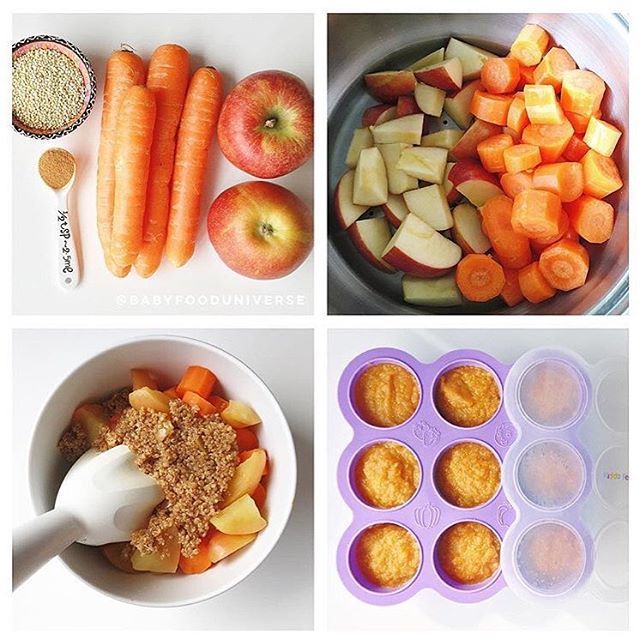
- Consumption of cinnamon regularly boosts children’s resistance to allergies as it boosts the immune system to fight antigens.
Is Cinnamon Good for Teething Babies?
Many parents give cinnamon sticks to teething babies as a way to soothe their gum pain. The hypothesis is that cinnamon’s anti-inflammatory properties and the flavour ease the pain in their teething gums. Babies who are given cinnamon sticks have been seen to calm down fairly quickly and there’s not much to worry about as the sticks don’t chip so easily. But you should be careful if you plan to give cinnamon stick to your baby and make sure that he is not left unsupervised, not even for a minute. Furthermore, you should talk to your baby’s paediatrician before offering your baby a cinnamon stick to chew on.
Cinnamon Allergy in Babies
Although it is uncommon, some babies can be allergic to cinnamon as their developing immune systems would perceive it as a threat to the body.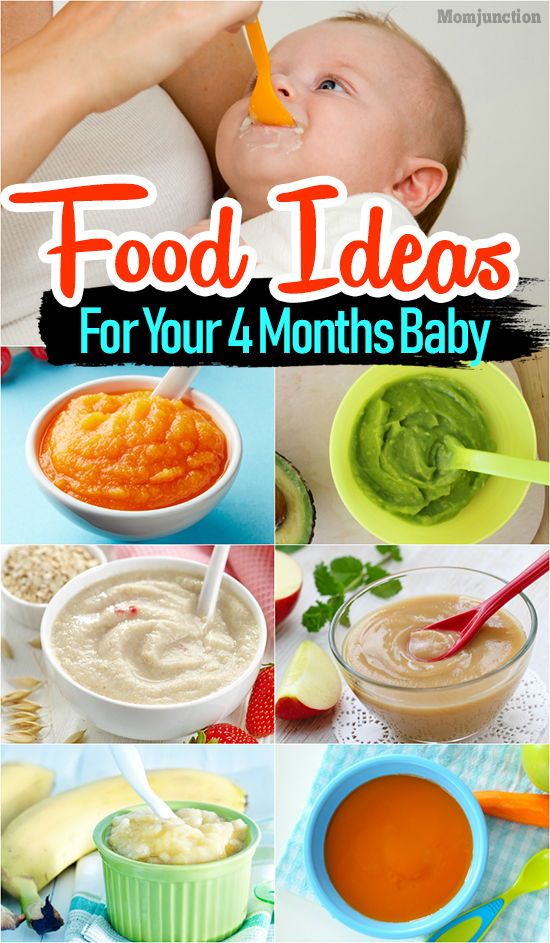 The immune system creates antibodies and produces what’s called histamines that leads to the inflammation and irritation in the body. Here are some of the ways in which allergies manifest:
The immune system creates antibodies and produces what’s called histamines that leads to the inflammation and irritation in the body. Here are some of the ways in which allergies manifest:
Symptoms on the Skin
Within minutes of exposure to the allergen, the baby’s skin will show rashes, redness of the skin and inflammation. It also includes itchy skin, irritation, blisters or eczema, tingling etc.
Cold-like Symptoms
A runny nose, shortness of breath, red and itchy eyes, swollen lips and tongue are symptoms of allergies to food as well.
Gastrointestinal Symptoms
Cinnamon allergies can upset the gastrointestinal tract and lead to diarrhoea, stomach cramping and vomiting.
Anaphylaxis
In severe cases of allergies, babies can go into anaphylaxis which can be life-threatening. Some of the symptoms of it include swollen lips and throat which blocks the air passage, tightening of the airways, vomiting, lightheadedness, drop in blood pressure, loss of consciousness.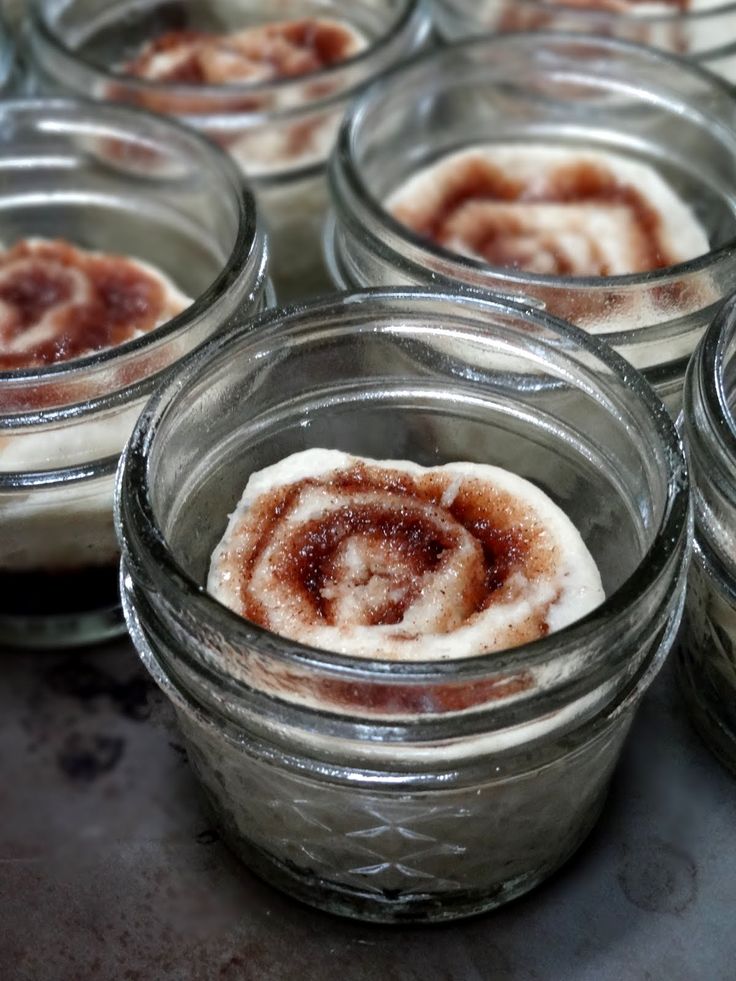 This is a medical emergency and must be treated immediately by hospitalization.
This is a medical emergency and must be treated immediately by hospitalization.
Choosing and Storing Cinnamon for Baby Food
You need to be extra careful while picking spices for your baby due to a risk of adulteration in the products. Ensure you buy from a trustworthy outlet or dealer and only organically grown cinnamon. Irradiated cinnamon has a lower nutrient value such as the carotenoids and Vitamin C content, hence choose natural unprocessed ones. Cinnamon is available in the form of sticks and powder. When stored in airtight containers, the sticks last for about a year and the powder is good for about 6 months. The powder has a stronger flavour and sweeter smell although it lasts shorter. If you need your baby’s dish to have stronger flavouring with all the nutrients then add the powder into their smoothies or purees.
Precautions to Keep in Mind
If you are introducing cinnamon to your baby for the first time is it better to check for allergies by doing a skin patch test at the paediatrician’s clinic.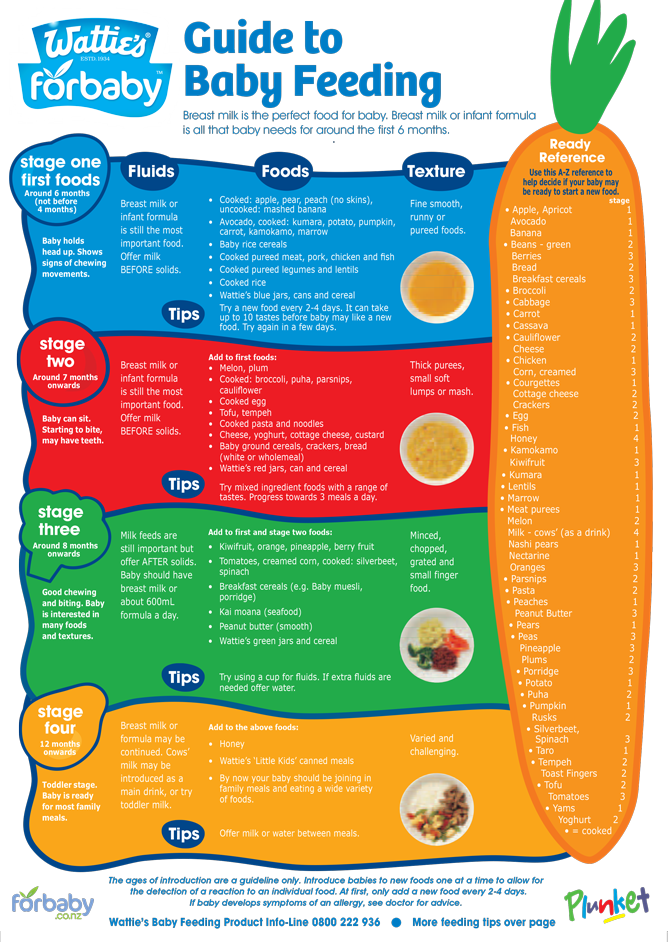 If an allergy is discovered you will be advised to take cinnamon off the diet. Also, avoid cinnamon if the child is under any medication for blood thinning. Check the labels on products bought from supermarkets that contain cinnamon in the ingredients. Since allergies do not have medications for a cure, you will have to work with the paediatrician to manage the baby’s allergies. As it goes with all herbs and spices moderation is the key, too much cinnamon can cause severe gastrointestinal problems.
If an allergy is discovered you will be advised to take cinnamon off the diet. Also, avoid cinnamon if the child is under any medication for blood thinning. Check the labels on products bought from supermarkets that contain cinnamon in the ingredients. Since allergies do not have medications for a cure, you will have to work with the paediatrician to manage the baby’s allergies. As it goes with all herbs and spices moderation is the key, too much cinnamon can cause severe gastrointestinal problems.
Ways to Include Cinnamon in Your Baby’s Diet
Cinnamon is a versatile spice that goes with a whole range of savoury dishes. Along with flavour, it offers a great nutrient boost to the baby. Here are some recipes to introduce it in the diet:
- Carrots and apple puree with added cinnamon
- Banana mashed in coconut milk along with cinnamon
- Rice pudding with peach and vanilla cinnamon flavouring
- Almond milk that’s homemade along with cinnamon
As long as your baby is not allergic to cinnamon, you can feed your baby cinnamon in small quantities in a safe and enjoyable way.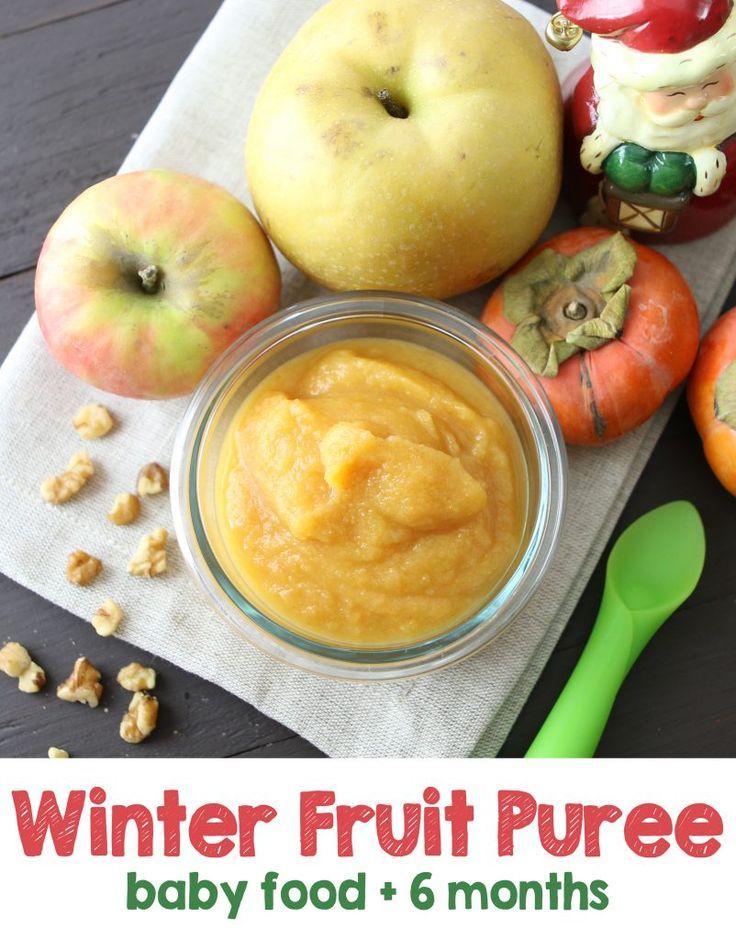
Also Read:
Ginger for Babies – Health Benefits & Safety Measures
Healthy Recipes & Benefits of Oats for Infants
Arrowroot for Babies – Ideal Baby Weaning Food
Health Benefits & Risks of Honey for Infants
Cinnamon for children - Encyclopedia Baby food
Viktoriya Levchuk©Parents in an effort to enrich the taste of baby food often begin to add spices to complementary foods. Today we will talk about cinnamon. Can it be introduced into complementary foods? At what age is cinnamon given to children?
What is cinnamon?
Contents:
Cinnamon is a spice, brownish-reddish color, dried bark of the cinnamon tree. It has been used for centuries, both as a spice and in medicine. All types of cinnamon belong to the same family of plants called the Laurel family ( Lauraceae) .
Cinnamon_culinary dictionary - CLICK on ME!!! Cinnamon is considered one of the oldest spices used throughout the world for centuries.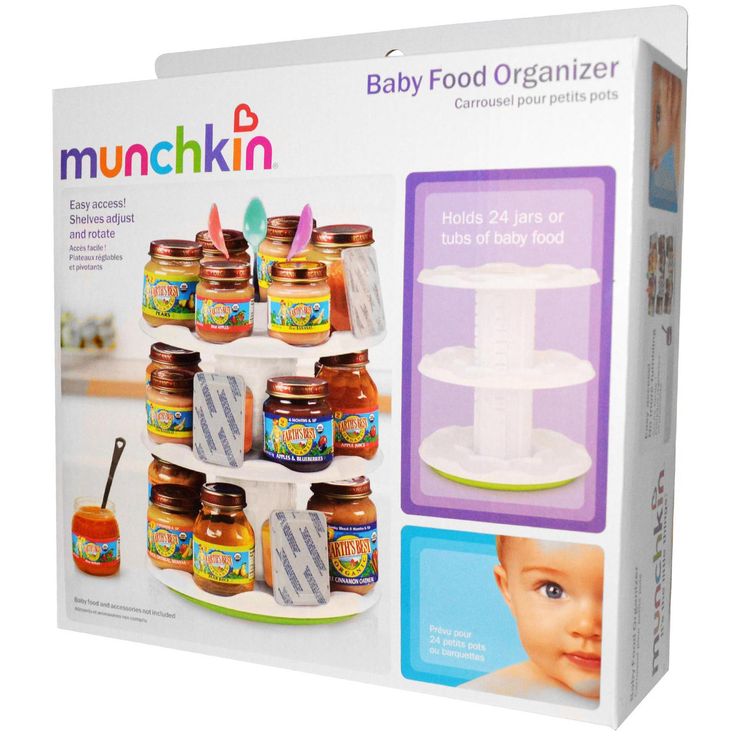 The name "cinnamon" comes from the Phoenician language. It was used in ancient Egypt for embalming, as a medicinal and flavoring agent. In some cultures, it was more valuable than gold. Cinnamon's popularity grew and spread to China, the rest of Asia, and throughout Europe. nine0005
The name "cinnamon" comes from the Phoenician language. It was used in ancient Egypt for embalming, as a medicinal and flavoring agent. In some cultures, it was more valuable than gold. Cinnamon's popularity grew and spread to China, the rest of Asia, and throughout Europe. nine0005
Good to know!
- Waiting rule 4-7 days - the period of adaptation of the child to a new product.
- Menu for children - menu options for every day from 0 to 14 years.
- How to teach your child to chew - with exercises for the development of chewing muscles.
- How to make baby puree thick in consistency
- Baby food leftovers - let's see where they can be used.
Easy to use sitemap Encyclopedia Baby Food with a list of all articles and recipes. nine0005
There are about 100 varieties of cinnamon, but there are 2 varieties that are commonly consumed. The first is Cinnamomum zeylanicum or Ceylon cinnamon, which is produced in India, Sri Lanka, Madagascar, the Caribbean and Brazil.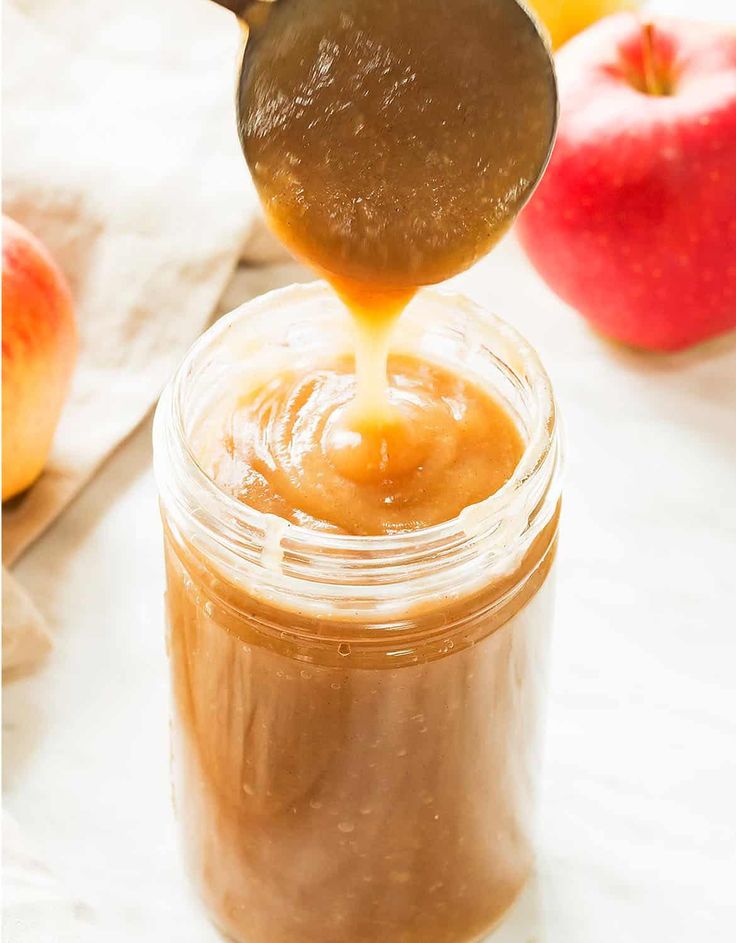 The other is Cinnamomum aromaticum, or Chinese cinnamon (cassia), which grows in China, Indonesia, and Vietnam. While both have almost the same fragrant, warm, and sweet taste, Ceylon Cinnamon is referred to as "true cinnamon" with a more subtle and refined flavor. Cassia or Chinese cinnamon is a less expensive variety and is widely grown in North America. nine0005
The other is Cinnamomum aromaticum, or Chinese cinnamon (cassia), which grows in China, Indonesia, and Vietnam. While both have almost the same fragrant, warm, and sweet taste, Ceylon Cinnamon is referred to as "true cinnamon" with a more subtle and refined flavor. Cassia or Chinese cinnamon is a less expensive variety and is widely grown in North America. nine0005
Chemical composition of cinnamon
Cinnamon sticks and powder are obtained from cinnamon oil, which in turn is obtained from the dried bark of the cinnamon tree. Cinnamon oil includes various active compounds - cinnamaldehyde or cinnamaldehyde, cinnamyl alcohol and cinnamyl acetate. Cinnamon oil also contains other volatile substances. The main part of the oil (65-75%) is formed from cinnamaldehydes.
Cinnamaldehyde or 3-phenylprop-2-enal (IUPAC name) has the chemical symbol C9H80. It is a yellow oily liquid with a boiling point of 2460 C. Cinamaldehyde is obtained by passing cinnamon bark through a steam distillation process.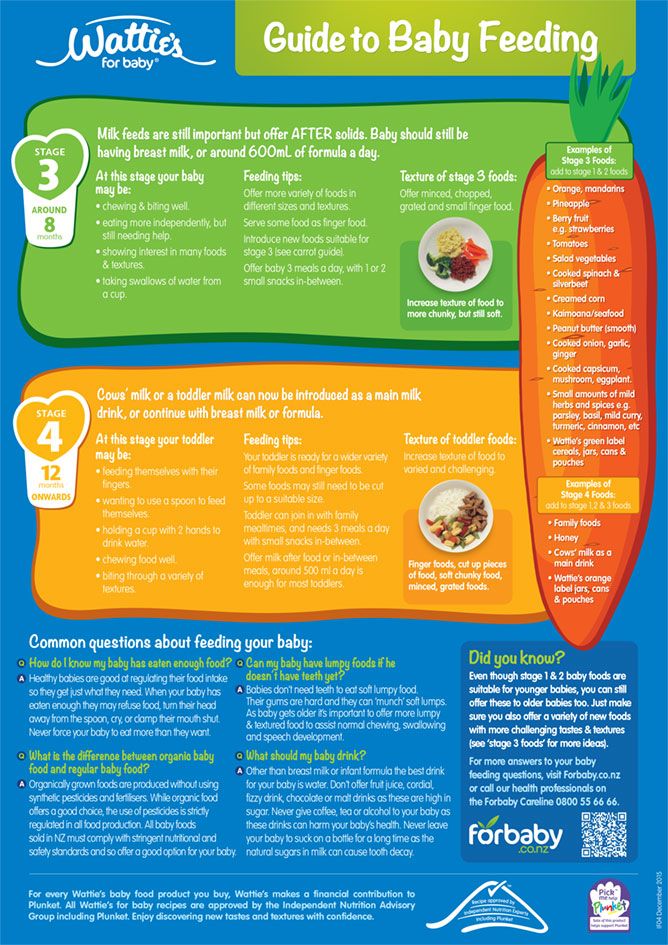 Eugenol is another chemical compound that makes up about 10% of cinnamon bark, which has the chemical symbol C10h22O2.
Eugenol is another chemical compound that makes up about 10% of cinnamon bark, which has the chemical symbol C10h22O2.
Benefits of Cinnamon
Since biblical times, cinnamon has been used for a variety of purposes. It is said that Moses ordered the Israelites to use it as an anointing oil, and the spice was often used in temple rituals and for perfume purposes. The ancient Egyptians used cinnamon oil to embalm mummies. The Romans used cinnamon in burial rituals when they cremated human bodies. nine0005
Cinnamaldehyde is said to have antibacterial, antifungal and antiviral properties. It is also an excellent flavoring agent and can be used as a pesticide. Eugenol has analgesic and antiseptic properties. This explains the calming effect of cinnamon.
Cinnamon's unique health benefits come from the active compounds in cinnamon oil. Cinnamon oil helps the blood clotting process when scratched or cut. It prevents unwanted platelet clotting and therefore acts as an anti-inflammatory agent.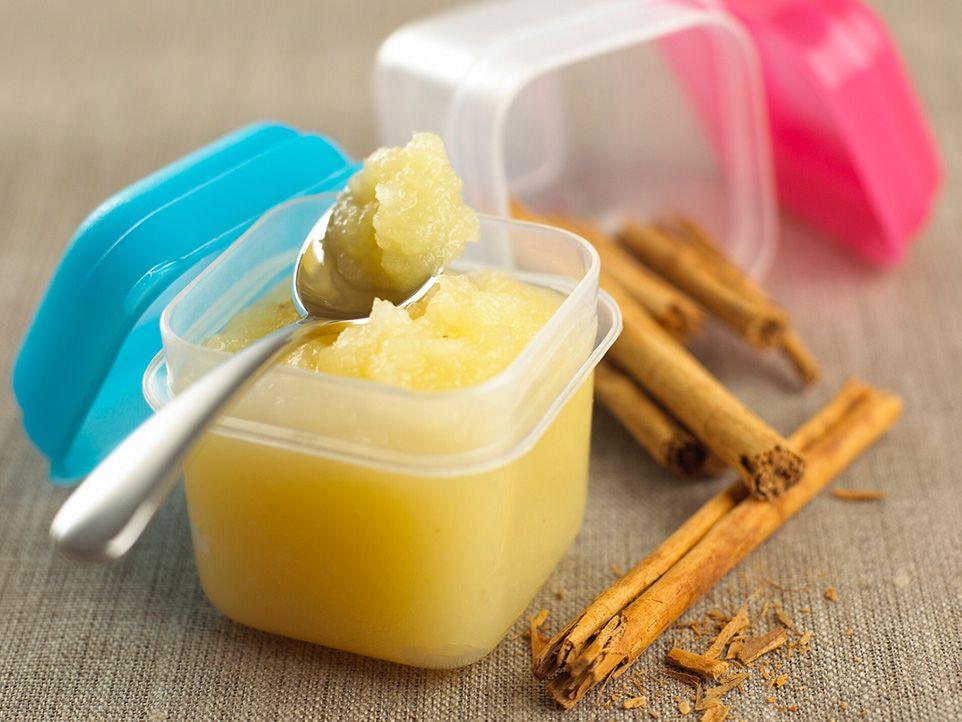 nine0005
nine0005
Cinnamon oil is antimicrobial and can stop the growth of bacteria and fungi. This means that it can be used as a food preservative, as cinnamon can prevent the growth of a foodborne pathogen. Many studies show that cinnamon can control blood sugar levels. It can improve the insulin response of type 2 diabetic patients and normalize blood sugar levels.
Cinnamon is often used in aromatherapy because its aroma is said to improve brain function. Cinnamon-flavored chewing gum can also improve cognitive processes. Cinnamon helps fight various diseases such as atherosclerosis, irritable bowel syndrome, diarrhea and constipation. Combined with fresh ginger, cinnamon tea can relieve cold and flu symptoms. nine0005
Cinnamon contains the following vitamins and minerals:
Vitamin A - supports the child's immune system, skin, eye and bone health.
Vitamin K is a fat-soluble vitamin that is critical for a child's cardiovascular and blood-clotting abilities.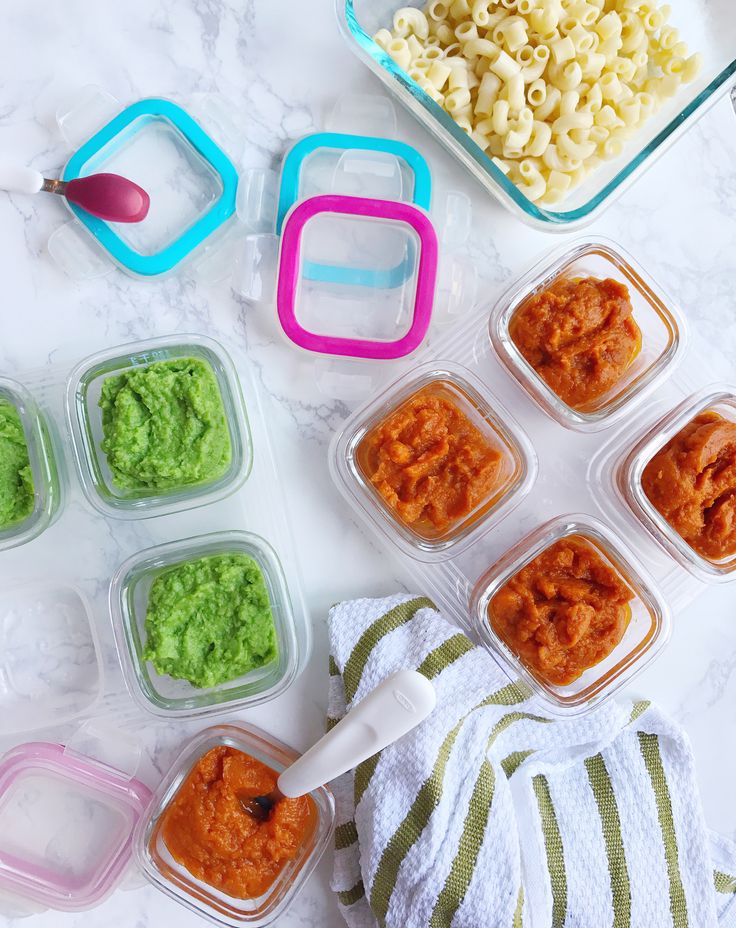
Vitamin C - This vitamin helps support the child's immune system, mucous membranes and respiratory system.
Calcium - This mineral regulates bone growth and skeletal development and plays an important role in hormone production.
Manganese - helps form bone and cartilage and plays an important role in the formation of carbohydrates, amino acids and cholesterol.
Iron is a nutrient that plays an important role in the circulatory system and enhances the oxygen capacity of red blood cells.
Magnesium - This mineral is essential for baby's bone health and helps regulate energy production within the cell. nine0005
Cinnamon in baby food is a unique sweet spice that is loved by children and adults alike. As with most herbs and spices, a little cinnamon can be added to baby food recipes from 8 months of age (with pediatrician approval).
Cinnamon is introduced to children like any new product within 4-7 days. It is better to introduce the spice later than earlier, if parents believe that it is more important to introduce new products, and not spices or herbs, then it is better to do so. Nothing terrible will happen if the baby gets to know cinnamon closer to a year or two. Moreover, Russian pediatricians advise introducing cinnamon into complementary foods for children aged 2-3 years. nine0005
It is better to introduce the spice later than earlier, if parents believe that it is more important to introduce new products, and not spices or herbs, then it is better to do so. Nothing terrible will happen if the baby gets to know cinnamon closer to a year or two. Moreover, Russian pediatricians advise introducing cinnamon into complementary foods for children aged 2-3 years. nine0005
Although cinnamon is considered less allergenic in baby food, it is still possible for a child to become intolerant to it.
At first, you can use a pinch of cinnamon to get your baby used to it. We also follow the preferences of the child, he may not like the sweet taste of cinnamon. Although most kids are delighted with the sweetness of this spice.
complementary foods cinnamon
Three years old, you can give your baby cinnamon no more than 1-2 times a week, a small amount, a pinch, just to add flavor and a new taste to the dish. But after three years, the baby can consume more times a week, because the daily norm of an adult is 1 teaspoon.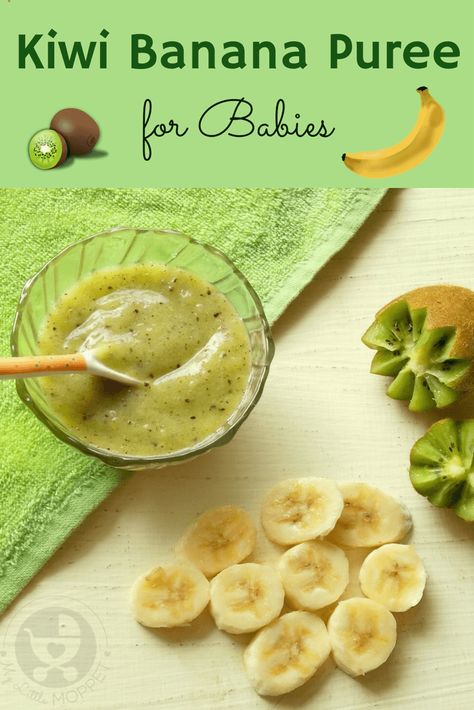 nine0005
nine0005
Allergy to cinnamon
An allergic reaction to cinnamon is extremely rare. If a child is allergic to cinnamon, their immune system does not recognize the substance as safe and fights it off. The immune system creates antibodies and releases a substance called histamine. Histamine leads to irritation and inflammation throughout the body.
Signs of an allergic reaction to cinnamon can vary greatly from person to person and from child to child. Food allergies can affect the skin, gastrointestinal tract, respiratory or cardiovascular systems. Food allergy symptoms usually begin within minutes or a couple of hours after eating the problem food. An allergy to cinnamon manifests itself in the form of a runny nose, rash, redness. Since cinnamon is always used as part of a dish, it is important to introduce cinnamon into the baby’s complementary foods according to all the waiting rules for 4-7 days, so that if signs of a food allergy appear, notify the doctor exactly which product this happened to. nine0005
nine0005
How to choose and store cinnamon for baby food
It is best to use cinnamon sticks as this spice powder can contain impurities. It is also important that cinnamon children are not exposed to radiation, which can lead to a significant decrease in its content of vitamin C and carotenoids.
Cinnamon is available as a stick or powder. The sticks stay fresher, but the ground powder has a stronger aroma and a sweeter smell. Cinnamon for children should be stored in a tightly closed glass container in a cool, dark, dry place. Sticks can be stored for about 1 year and cinnamon powder for about 6 months. The freshness of cinnamon is checked by smell, if it does not smell sweet, it's time to discard the spice. nine0005
The taste of cinnamon is sweet and warm, there are Ceylon cinnamon and cassia on the market. Cassia is redder than Ceylon cinnamon, with a stronger, almost bitter taste. If you can buy both types, then Ceylon cinnamon is best used for sweet dishes, and cassia for savory dishes.
How to cook
Cinnamon is so versatile in baby food that it can be used in both sweet and savory dishes. It adds great nutritional benefits in baby purees, smoothies and snacks. nine0005
Cinnamon adds a wonderful flavor to baby cereals, fruit and even vegetable purees. Baking with a pinch of cinnamon will give a unique flavor to buns and pies. Moreover, it is best to add it at the beginning of the dough kneading, then the aroma of baking will be more saturated. Rice, quinoa and barley cooked with a cinnamon stick is simply divine! Cinnamon gives a unique taste and aroma to compotes, jams, preserves, fermented milk and dairy products,
Cinnamon is added to children at the end of cooking for 5 minutes, only a small amount, a pinch, to give aroma and sweetish taste. nine0005
You can cook meals with a cinnamon stick, which is then removed.
Contraindications
Most Russian pediatricians do not recommend giving cinnamon to children under 2-3 years old because of the possibility of its toxic accumulation in the liver and kidneys.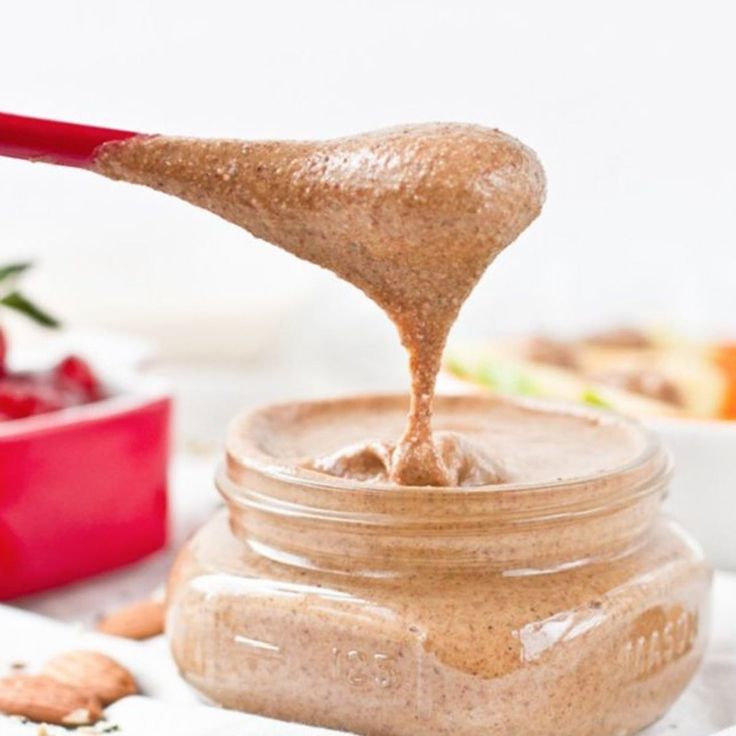 But again, if this spice is given to the child more than the prescribed daily allowance and more often 1-2 times a week. Overdose can lead to food allergies, severe headache, indigestion, weakness. Cinnamon should not be used by hypertensive patients, pregnant women, epileptics, with nervous irritability, hyperactive children, with liver and kidney disease. nine0005
But again, if this spice is given to the child more than the prescribed daily allowance and more often 1-2 times a week. Overdose can lead to food allergies, severe headache, indigestion, weakness. Cinnamon should not be used by hypertensive patients, pregnant women, epileptics, with nervous irritability, hyperactive children, with liver and kidney disease. nine0005
Photo: Depositphotos.com. Author: oxixx.
Contents
- What is good for children?
- When and how much to give?
- Teething Cinnamon Stick
- Childhood Harm
- Cough
- Choice Tips
- Best Combinations
What's Good for Babies?
It is difficult to overestimate the benefits of cinnamon, but we will highlight only the most important points for children's health.
-
- A rich source of herbal antioxidants with a wide range of therapeutic and preventive properties.
- Contains good doses of manganese, iron and calcium, minerals essential for normal growth and development of the child.
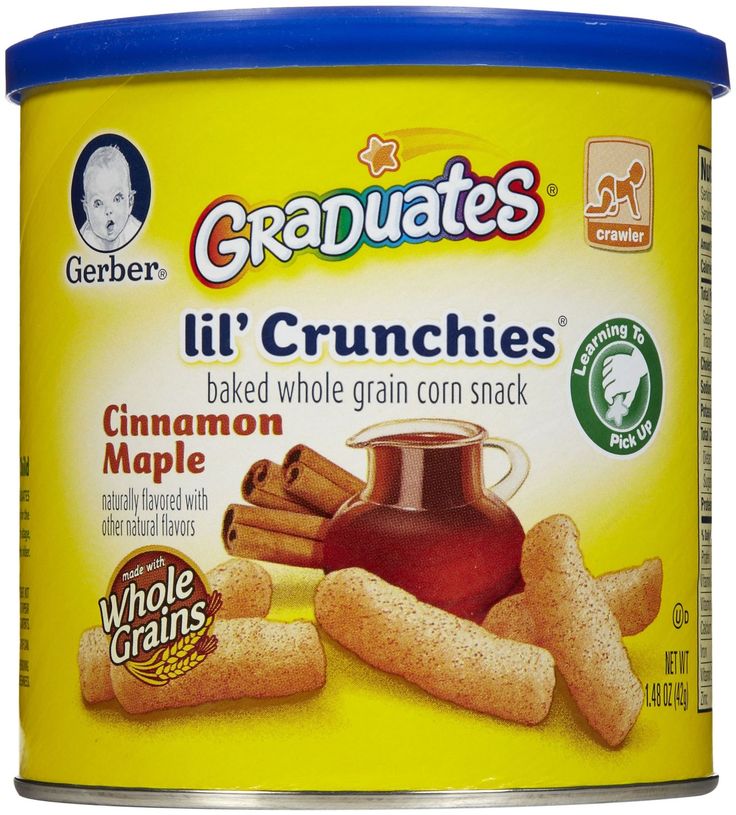
- Has antiseptic properties, i.e. prevents the growth of pathogenic bacteria. Therefore, it is used in the food industry as a natural preservative.
- Improves digestion, increases appetite and helps with intestinal gas, treats diarrhea in babies. nine0023
- Strengthens vision, especially useful for the eyes with increased training loads.
- Combats the symptoms of colds and other respiratory problems.
The aroma of cinnamon has been scientifically proven to improve mood, reduce fatigue and increase brain activity in schoolchildren. Periodically make homemade cakes with spices for a child over 7 years old. This is a good help for the growing smart guy.
When and how much to give?
If you are sure that the child is not allergic to cinnamon, starting from 8 months of age, you can use it in small doses for baby food. For example, in cereals, fruit or vegetable purees (from apples and pears, bananas, pumpkins, carrots, sweet potatoes, etc.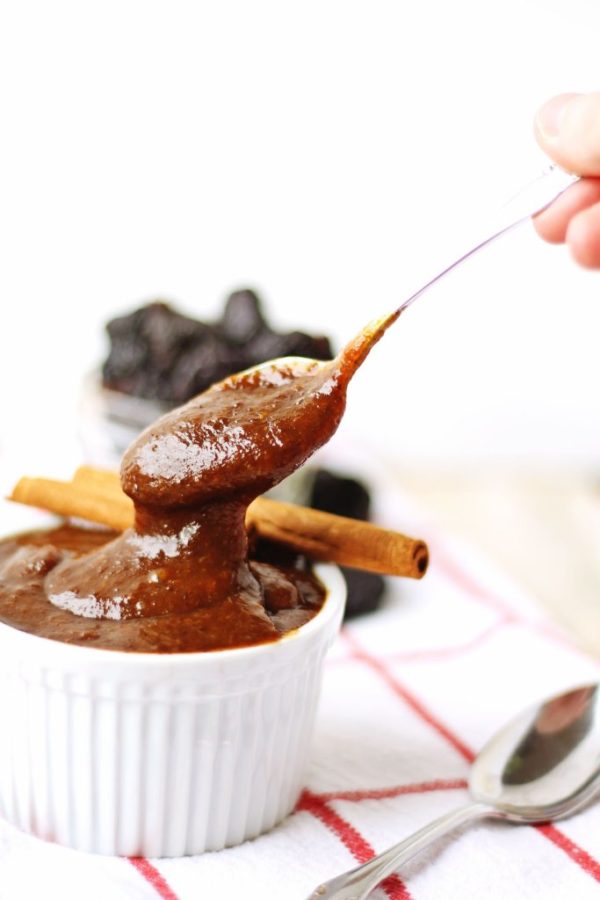 ). The most ordinary oatmeal will become tastier with the addition of a pinch of spice. This is also evidenced by the fact that some store-bought cereals already contain a little cinnamon powder.
). The most ordinary oatmeal will become tastier with the addition of a pinch of spice. This is also evidenced by the fact that some store-bought cereals already contain a little cinnamon powder.
The spice will not cause harm if the correct dosage is chosen, which, in turn, depends on the size, age and weight of the child. Without knowing all the individual characteristics of your baby, it is difficult to determine the optimal amount. Therefore, it is better to redirect the question of dosage to the doctor. But you should know that Russian pediatricians do not recommend the use of cinnamon in baby food up to 2-3 years. nine0005
Teething Cinnamon Stick
It has become fashionable in the US to give a baby who is teething for the first time to play with a cinnamon stick. Having received such a fragrant toy in their hands, children quickly calm down: the smell of cinnamon has a calming effect and dulls the pain in sore gums.
American mothers and fathers are not worried that the baby may choke on breaking off a small piece from the stick, arguing that the bark of the cinnamon tree is extremely difficult to crumble or break. But Russian experts are urging parents to be more prudent and not use this method of calming a child during teething. nine0005
But Russian experts are urging parents to be more prudent and not use this method of calming a child during teething. nine0005
Harm in childhood
In tiny doses, the spice does not harm the health of the child, except in cases of food allergies, the most common symptoms of which are diaper rash, hives and indigestion. At the first sign, you should immediately seek medical help.
Toddlers are introduced to cinnamon in much the same way as with any other new food product: very carefully introduced into the diet, while carefully observing the reaction and the first 4 days do not include other novelties in the menu (the so-called four-day rule applies here) . nine0005
The reason experts are pushing back the introduction of cinnamon into children's menus is that high doses of this oriental spice lead to toxic buildup in the liver and kidneys. And since it is impossible to remotely control every mother who prepares food for her baby, doctors most often prohibit the use of cinnamon in the preparation of children's meals until the age of 2-3 years.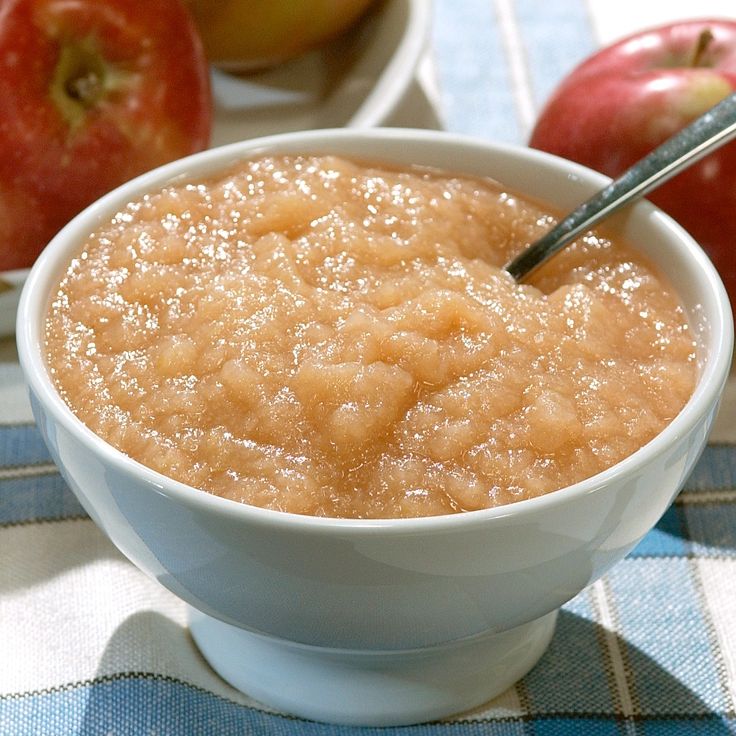
Cough
This spice appears in many traditional medicine recipes for the treatment of coughs. But the dosage indicated in them is not suitable and is simply dangerous for children's health. nine0005
If for some reason you don’t want or can’t use conventional medicine to deal with your baby’s cold or flu symptoms, look for milk cough recipes that include products with minimal allergenic potential and relatively low risks of side effects .
Licorice for coughs for children.
Choice Tips
Once you have decided to introduce your child to cinnamon, you need to decide which spice to choose: ground or in the form of sticks. nine0005
Ground spice has a brighter aroma, but is stored less and quickly loses its pleasant smell. It must be used within 6 months after opening the package. To extend the shelf life, you can put the container with the spice in the refrigerator.
Never take ground spices for a child by weight. Who knows what an unscrupulous seller added to them (just remember the story of the brick chips found in a similar product).
Cinnamon sticks are the best option. In a cool, dark place, they are stored for up to 1 year. And you can always get ground powder out of them using a spice grinder or a regular coffee grinder. nine0005
Best Combinations
Bringing children's recipes with cinnamon to life, it will be useful for mothers to know what foods this spice goes with:
- apples and pears;
- bananas;
- raisins, pitted;
- peaches and nectarines;
- stewed and steamed eggplants;
- pumpkin;
- melon;
- carrots;
- chicken and turkey;
- lamb;
- rice and porridge;
- yogurt; nine0023
- cottage cheese and cottage cheese;
- scrambled eggs and scrambled eggs.
At what age, and what specific foods parents give their children, directly depends not only on medical recommendations, but also on the mentality.
For example, in India, it doesn't cost anything for a mother to add a little curry to her baby's food until she is one year old.